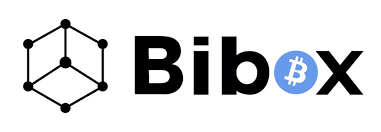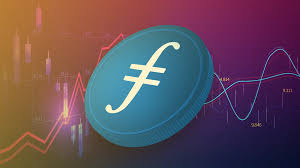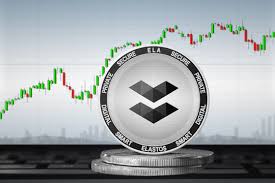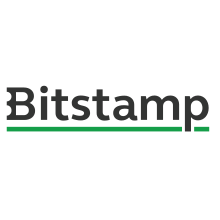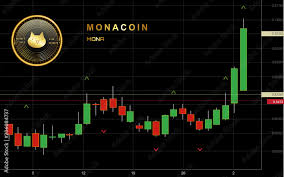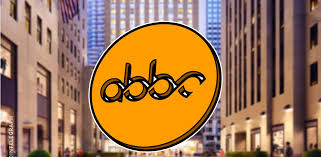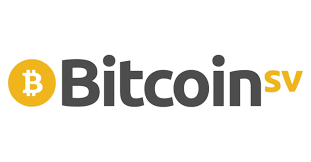Information about new blockchain consortia or projects initiated by them is increasingly appearing in the information space. Summing up the results of the year, there are blockchain consortia and forecasts for the further development of this phenomenon.
The term “consortium” means a kind of temporary association of independent enterprises and organizations to coordinate their business activities. In the case of blockchain consortia, it is usually a combination of financial institutions and IT companies researching blockchain technology.
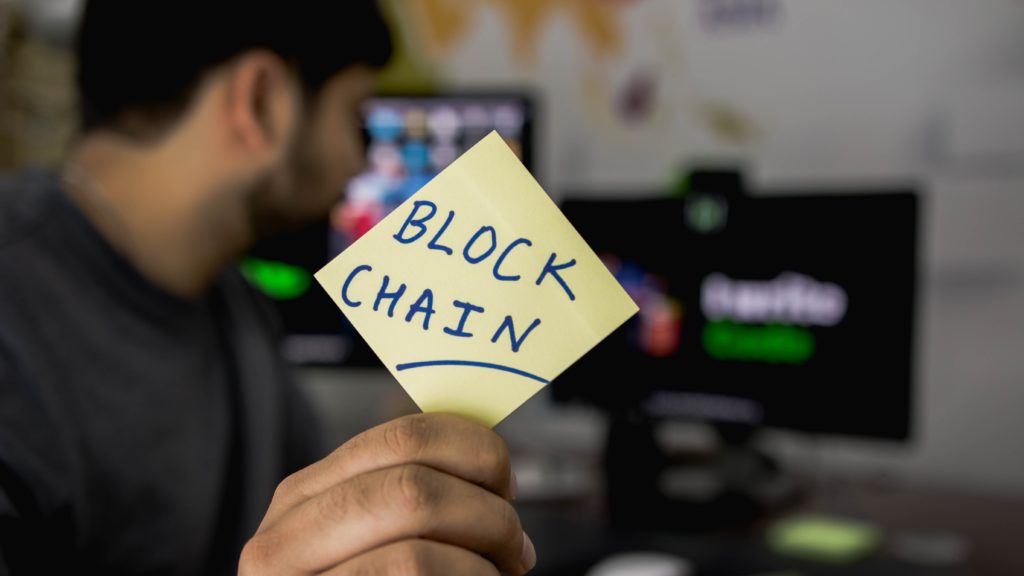
The responsibility for administering the blockchain may lie with several organizations. These pre-selected organizations establish access rights for performing transactions or accessing data. A blockchain consortium is an ideal solution for companies when all participants have permissions and are collectively responsible for the blockchain.
The most famous Consortium Blockchains
- R3 CEV (R3)
Perhaps the most famous is the R3CEV consortium run by Wall Street company R3. It was created in September 2015 by nine financial companies: Barclays, BBVA, Commonwealth Bank of Australia, Credit Suisse, Goldman Sachs, J.P. Morgan & Co., Royal Bank of Scotland, State Street Corporation, and UBS. A few days later, another 13 leading financial companies joined the organization.
Initially, there was practically no information on the activities and plans of the consortium, but already on March 3, 2016, R3 announced the completion of trials of a blockchain solution to facilitate trading in debt instruments. These tests involved 40 member banks of the consortium, with technical support provided by IBM and Intel.
On April 5, 2016, representatives of the consortium announced the development of the Corda platform. The official statement said that it would be a “distributed ledger designed for financial services,” significantly different from the generally accepted perception of blockchain technology.
Throughout the year, the consortium has been constantly replenished with new members, and in addition to financial and IT companies, the media corporation Thomson Reuters has also entered into it. However, towards the end of the year, information appeared in the media about the possible withdrawal of several participants from the consortium. The reason for this was called the financial requirements for members of the leadership of the consortium.
The reliability of this information was confirmed in November after the banks Goldman Sachs and Banco Santander left the ranks of the consortium. However, this did not prevent the publication of the code of the Corda platform in open access, which the blockchain community was eagerly awaiting.
Not a single analyst undertakes to predict the further fate of the consortium, since, on the one hand, several more participants may leave it, and on the other, many commercial products are expected to follow the Corda platform.
- Hyperledger
The Hyperledger project can be called the most unusual blockchain consortium because it is positioned as a blockchain project that should become an alternative for Bitcoin and Ethereum. However, the number of participants in the project and the many tasks it faces make it possible to call it a consortium. So, in November of this year, their number exceeded one hundred participants.
The founder of the project is The Linux Foundation, a non-profit Linux development consortium. The Linux Foundation includes companies such as Cisco, Accenture, Facebook, Google, Microsoft, Toyota, Panasonic, and others.
To date, Hyperledger representatives have focused both on researching blockchain technology in general and on its implementation in everyday areas of life. So, in October, the consortium announced the creation of a new working group that will work on blockchain applications for the healthcare sector.
Hyperledger CEO Brian Belendorf said the working group will begin by reviewing more than 70 applications received by the US Department of Health and Human Services as part of the recently opened healthcare blockchain competition. This includes decentralized ledgers, interoperable networks, smart contracts, and automation processes.
It is also known about the development of an open-source toolkit that allows free access to blockchain projects developed by members of the consortium.
The joint project, in the development of which DTCC, IBM, and Intel are participating, is called Hyperledger Explorer.
- Blockchain Insurance Industry Initiative
Blockchain consortium created by European insurance companies Aegon, Allianz, Munich Re, Swiss Re, and Zurich. The purpose of the merger is to explore opportunities to provide customers with safer and faster services.
The project itself called the Blockchain Insurance Industry Initiative, or B3i for short will become a platform for the exchange of ideas, test use of cases, and the development of concepts that can completely change the insurance business.
In their official announcement, the companies also expressed the hope that other industry representatives will join the initiative and eventually create a unified industry network.
- The consortium of Japanese banks
The merger with the unusual-sounding name “Consortium of Japanese banks providing services for domestic and cross-border payments” was founded in early November this year. Initially, it was assumed that 15 banks would become members of the association, but positive feedback on the blockchain led to the fact that this number increased to 42 banks. These include regional banks such as Sikoku Bank, Gunma Bank, and The Iyo Bank, as well as banking giants such as Japan’s leading financial corporation SBI Holdings and Bank of Yokohama, SBI Sumishin Net Bank, and Mizuho.
The priority of the consortium will be to create a blockchain-based payment network that unites banks and can make payments around the clock and in real-time. The development completion date is March 2017.


